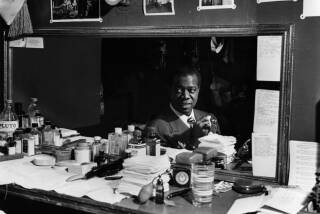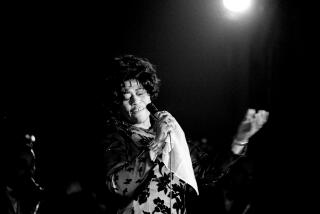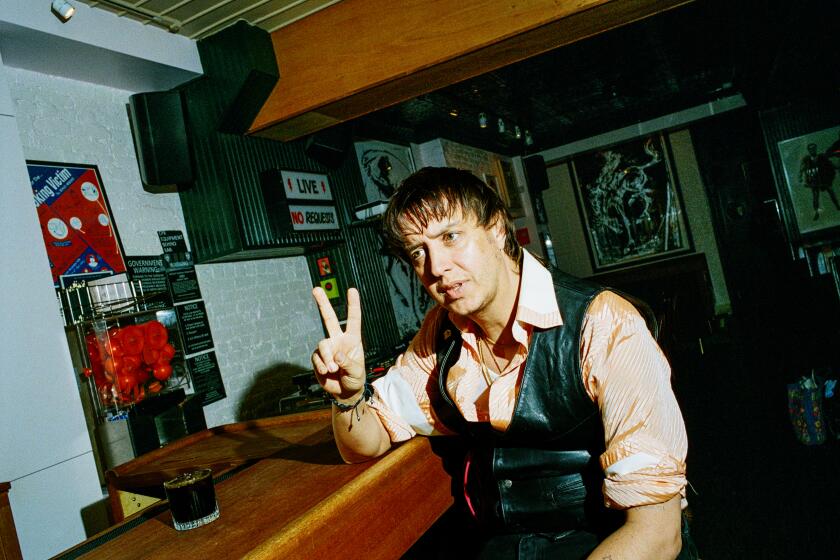‘Satchmo’ Shows the Magic of a True Musical Pioneer
Louis Armstrong was one of the giants of American popular culture. A jazz pioneer in the truest sense of the term, he not only shifted the music’s focus from collective improvisation to extended solos, but also imbued the music with a sense of swing that was imitated by generations of singers and instrumentalists.
Had his list of achievements stopped there, Armstrong would have earned his place in U.S. history. But he wasn’t just a great musician--he was also a tremendously popular entertainer, famous worldwide for his singing, his wit and his charm. Unfortunately, those last few qualities are lost on anybody younger than 30, because unless you’ve had the chance to see Armstrong, it’s impossible to fully appreciate what a star he truly was.
Fortunately, Sony Legacy’s Masters of American Music series has remedied that with a superb video titled “Satchmo.” Available on both VHS and DVD, this 86-minute documentary gives viewers an excellent feel for Armstrong’s life and work, from his earliest days in the slums in New Orleans to his ultimate triumph as “Ambassador Satch,” the most popular American entertainer of his day.
From a visual perspective, “Satchmo” is a gold mine, offering numerous clips of Armstrong in performance (some dating back to the early 1930s). Granted, there is some squirm-inducing racial stereotyping in the older clips; in a Betty Boop cartoon, Armstrong gives voice to a grass-skirted, spear-carrying native who (inexplicably) sings “I’ll Be Glad When You’re Dead, You Rascal You,” while another clip shows the loincloth-clad trumpeter in what looks like a scene out of “Little Nemo.” But the sheer charisma of his performances invariably overshadows the racism.
To its credit, “Satchmo” doesn’t play down the discrimination Armstrong faced, nor does it gloss over the trumpeter’s fondness for marijuana or the role organized crime played in the music business. It also boasts informative interviews with musicians who knew and played with “Pops” (as Armstrong was called). In short, it’s a video anyone interested in the history of American music needs to see.
More to Read
The biggest entertainment stories
Get our big stories about Hollywood, film, television, music, arts, culture and more right in your inbox as soon as they publish.
You may occasionally receive promotional content from the Los Angeles Times.









